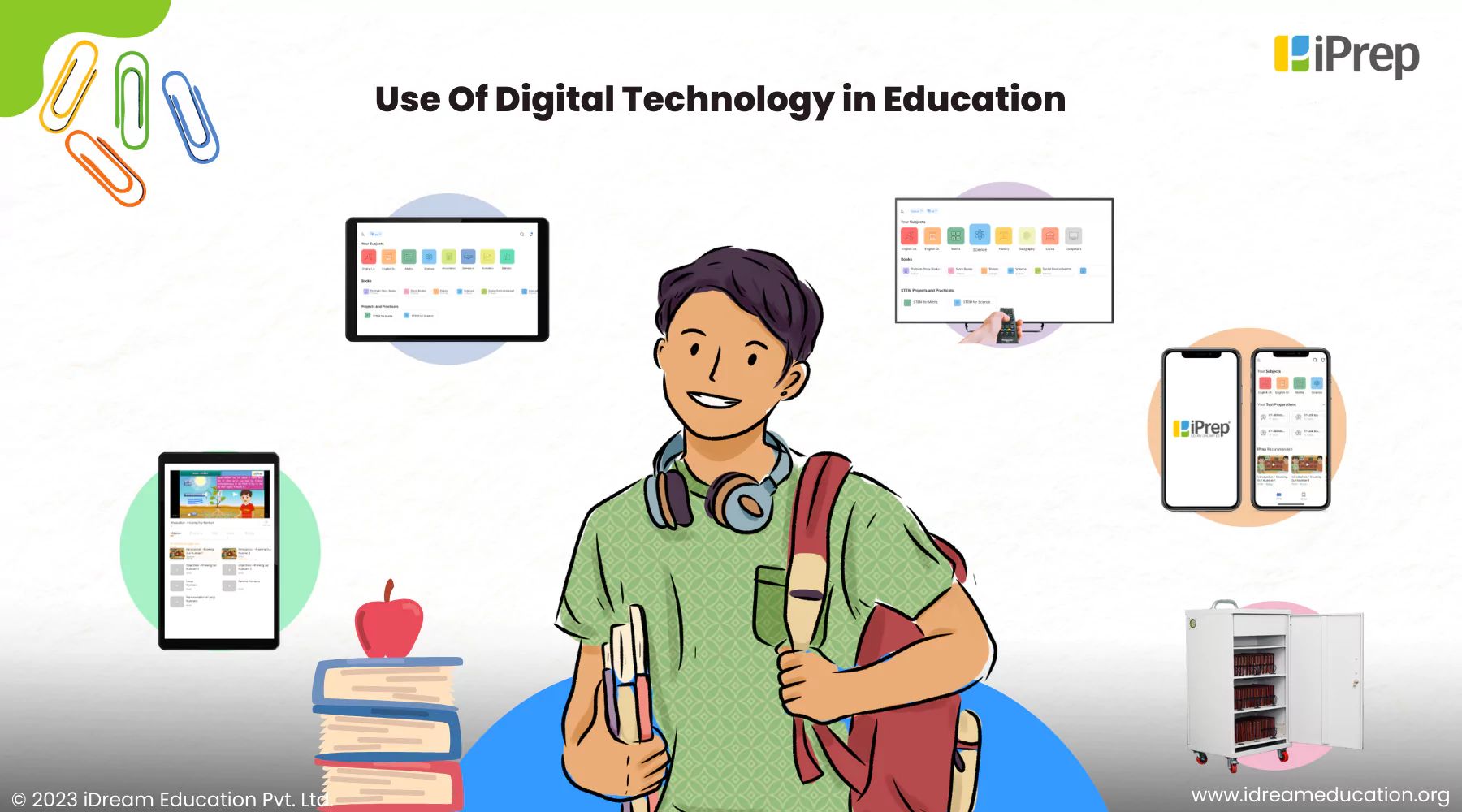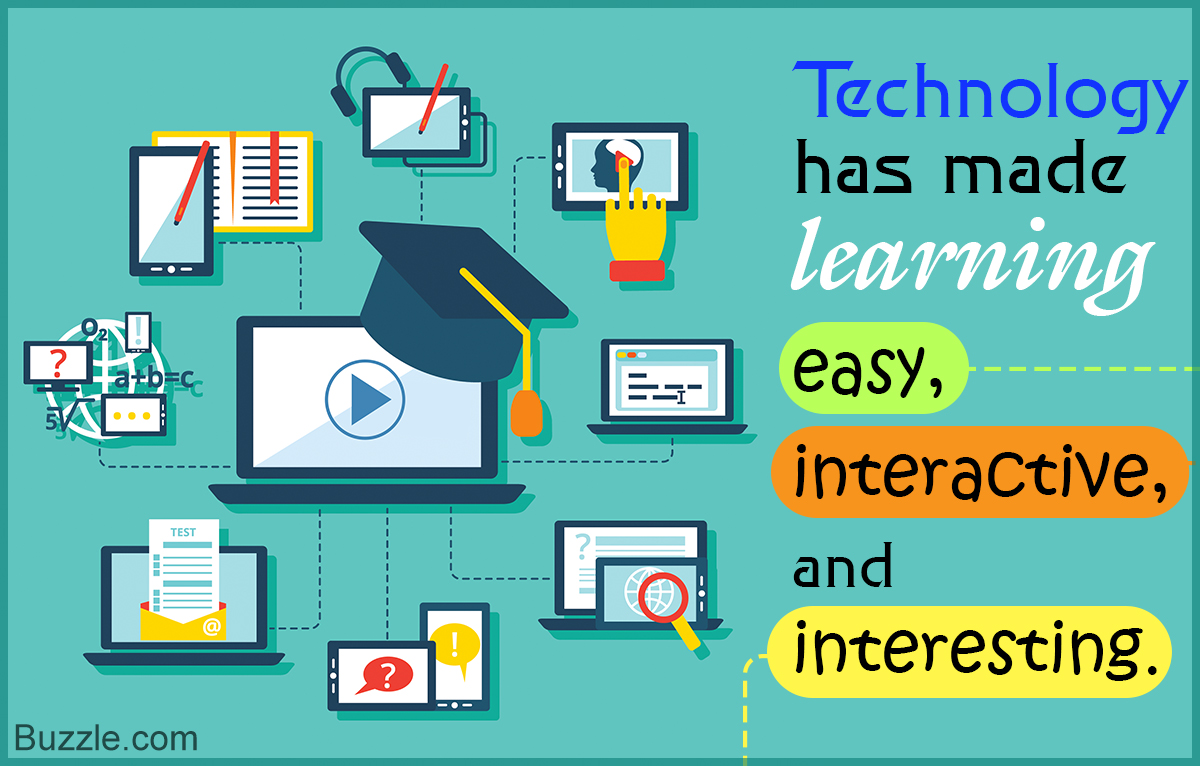Stay Ahead of the Curve with AI Tools Developed for Success in Every Area
Stay Ahead of the Curve with AI Tools Developed for Success in Every Area
Blog Article
Comprehensive Organization Guides for Advancing Innovation Education in Schools and Colleges
The assimilation of modern technology education into school and college curricula has come to be an important vital in preparing students for a significantly electronic workforce. What certain techniques can be taken on to optimize their impact on both pupils and teachers?
Significance of Modern Technology Education
As technology remains to evolve at an extraordinary speed, the importance of innovation education has actually become significantly apparent in today's society. The assimilation of innovation right into different elements of life requires that people possess a foundational understanding of technical ideas and applications. This knowledge not only boosts employability but likewise promotes vital thinking and analytic abilities vital for browsing a dynamic workforce.
In universities, technology education and learning furnishes trainees with the capacity to adapt to quick changes in markets driven by innovation. It motivates creativity and encourages learners to engage with emerging innovations, from expert system to information analytics. Modern technology education promotes electronic proficiency, which is essential in an era where information is readily available yet frequently misleading.

Secret Components of Effective Guides
Effective guides for innovation education and learning must incorporate several essential elements to make sure that students gain one of the most from their experiences. A well-defined curriculum is crucial, detailing the objectives, finding out outcomes, and the skills to be established. This curriculum should be consistently updated to show the swiftly advancing technical landscape, ensuring significance and applicability.
2nd, extensive resources that consist of books, on-line products, and hands-on tools are vital. These sources must be diverse and available, accommodating various finding out styles and preferences. In addition, incorporating real-world scenarios and study can improve understanding and engagement.
Third, analysis methods must be included to examine student development effectively. These analyses must be varied, incorporating developmental and summative analyses that straighten with the learning purposes.
Additionally, professional advancement opportunities for instructors are important. Training workshops and programs can equip instructors with the most recent instructional techniques and technological improvements.
Last but not least, cultivating a joint knowing atmosphere urges peer communication and understanding sharing. By including these key parts, guides for innovation education and learning can considerably boost the understanding experience, preparing students for future difficulties in a significantly electronic globe.
Building Industry Partnerships
Building strong sector partnerships is a vital aspect of enhancing innovation education. These collaborations between schools and services produce a dynamic ecosystem that profits trainees, instructors, and companies alike. By fostering relationships with industry colleges, leaders and universities can straighten their curricula with the evolving demands of the task market, making certain that pupils get pertinent abilities and knowledge.
The development of internships, apprenticeships, and mentorship programs acts as a keystone of these collaborations. Such chances give students with hands-on experience, improving their employability and useful understanding of technology applications. In addition, sector partners can offer understandings into emerging fads and technological advancements, permitting teachers to adjust their mentor techniques as necessary.
Furthermore, collaborations can assist in access to sources, such as equipment, software, and funding for study jobs. These payments enhance the finding out setting and make it possible for organizations to remain at the leading edge of technical advancement. Ultimately, developing robust market collaborations is vital for cultivating a skilled workforce that meets the requirements these days's rapidly altering technological landscape, while likewise driving financial growth and competition in the more comprehensive community.
Implementing Innovation Programs
Applying innovation programs within schools needs a strategic approach that prioritizes both curriculum growth and source allowance. To initiate successful innovation combination, establishments have to initially evaluate their existing facilities and determine spaces in sources, consisting of equipment, software program, and employees training. This evaluation makes it possible for schools and colleges to create a customized plan that aligns with their specific instructional objectives.
Next, it is important to establish a detailed curriculum that includes arising technologies and sector criteria. Collaborating with educators, market specialists, and stakeholders can guarantee that the curriculum stays appropriate and effective in preparing trainees for the labor force (Education). In addition, expert websites advancement for professors is essential, as it furnishes teachers with the skills needed to properly teach new innovations
Additionally, institutions must highlight the relevance of hands-on discovering experiences, such as labs and workshops, that enable students to apply theoretical understanding in functional setups. This experiential method boosts engagement and cultivates important thinking. Lastly, securing lasting financing with collaborations and gives can aid maintain and increase innovation programs, making certain long-lasting success and adaptability in an ever-evolving technical landscape.
Determining Success and Outcomes
Evaluating the success and results of modern technology education and learning programs is important for confirming their effect and assisting future improvements. Efficient dimension frameworks should incorporate both qualitative and measurable metrics, providing a detailed sight of program efficiency. Trick performance indications (KPIs) such as trainee enrollment numbers, retention prices, and training course conclusion percentages provide valuable measurable data.

Incorporating standardized evaluations can better evaluate trainees' technical expertises and preparedness for the labor force. Benchmarking versus similar institutions allows for contextually appropriate comparisons, highlighting areas for development.
Ultimately, the continual evaluation of technology education programs cultivates a culture of improvement, guaranteeing that they evolve in positioning with sector demands and educational requirements. By methodically gauging success, institutions can not just show accountability to stakeholders yet additionally boost their offerings, thus enriching the learning experience and preparing trainees for the ever-changing technical landscape.
Conclusion

The integration of modern technology education and learning right into institution and university educational program has you can try this out become an essential necessary in preparing pupils for a significantly digital workforce.As technology proceeds to develop at an extraordinary pace, the importance of modern technology education has actually become increasingly noticeable in today's society.In educational organizations, modern technology education furnishes trainees with the capability to adapt to quick adjustments in markets driven by technology. By focusing on technology education and learning, establishments can grow a generation of notified residents qualified of leveraging technology for individual and social development. The application of robust evaluation techniques makes it possible for organizations to measure success and end results, inevitably boosting the total effectiveness of technology education initiatives and preparing students for future challenges.
Report this page